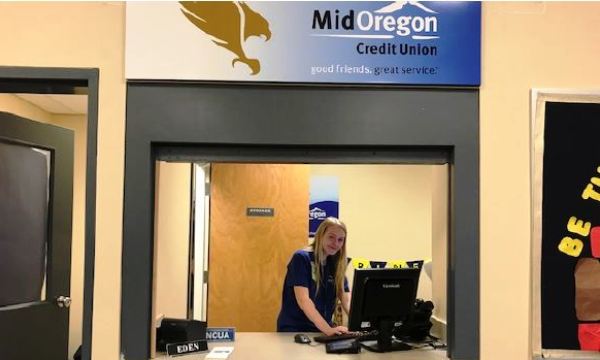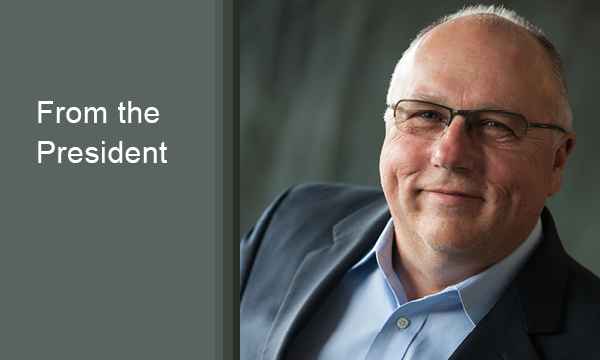By Jean Chatzky *
It’s time to check in on your finances, including emergency funds and budget plans.
This end-of-the-year financial assessment can help you get back on track in 2021
Budgets and cash reserves aren’t just for corporate America. As the COVID-19 global pandemic keeps going (and going) it’s time to figure out exactly where you are with your personal finances so you can create a plan for how to best move forward in 2021. Across the United States and the world, it’s been a challenging year on many fronts with millions of people facing a much different economic outlook than they did just 12 months ago.
“This year showed the exact reason why you need an emergency fund,” says Tanner Bortnem, CFP, JD, owner of Harmoney Wealth, PLLC. “I’ve had some clients who used almost all of theirs.”
If your budget took a hit, or you want to protect yourself from losses in the future, now is the time to get back on track or be more strategic with savings in the new year. Here are some areas to consider as you assess your finances.
Did you spend your savings?
If you depleted your emergency fund, building it back up is priority number one, Bortnem says. The goal is to have enough saved to live on for three to six months. Make sure the money is in a separate account from your regular checking, but still easy to access in a bank or credit union savings account.
If you took a financial hit and are unsure about how to start saving again, Bortnem suggests several strategies, including asking for more hours or overtime at work, taking an extra part time job and/or cutting back on some expenses, such as premium movie and streaming services, until your savings have been restored. If you are out of work, finding new employment is, of course, the most important goal to accomplish.
Do you have the right amount of life insurance?
When it comes to protection such as life insurance, Bortnem says, some people may have more than they need. It’s wise to review your policy and premiums to see if you can get by with less coverage, at least for a while. For example, someone who earns $100,000 a year may have been advised to be insured for 10 times that much, which is $1 million.
Whether you really need a million dollars in life insurance depends on what you want to achieve with those funds, Bortnem says. Many people want life insurance to pay off a mortgage, or pay for a college education, and to make sure a spouse has several years of income if the other spouse dies. When you consider what that will really cost, it could be much less than $1 million.
If you decide $500,000 in life insurance coverage is adequate for the near future, you can take the savings from what you would have paid in higher premiums and plug that money back in to your emergency fund or other savings.
Are you following a budget?
If you’ve never lived on a budget, or recently fell off the budget bus (it happens), there’s no better time to start following a spending plan than today. Being aware of where your money goes (restaurant take-out and Amazon?) can help you reign in your spending. There are plenty of apps and online websites such as Mint and YNAB (You Need A Budget) to help track where your hard-earned money goes. Your credit union or local bank may have resources as well.
Have you automated your savings?
Life is tough enough. Make saving for the future a little easier by automating the process. If you don’t already do online banking, work with your bank or credit union to set up an electronic transfer from your checking account the day after you typically get paid to streamline your savings plan. On a tight budget? Start with a small amount and gradually increase your transfers over time. You won’t regret it!
* This guest article, “It’s time to check in on your finances, including emergency funds and budget plans”, is from the “Your Money Blog” in Mid Oregon’s digital banking Credit Savvy resource. “It’s time to check in on your finances, including emergency funds and budget plans” is made possible by Savvy Money. The article first appeared in December, 2020.





